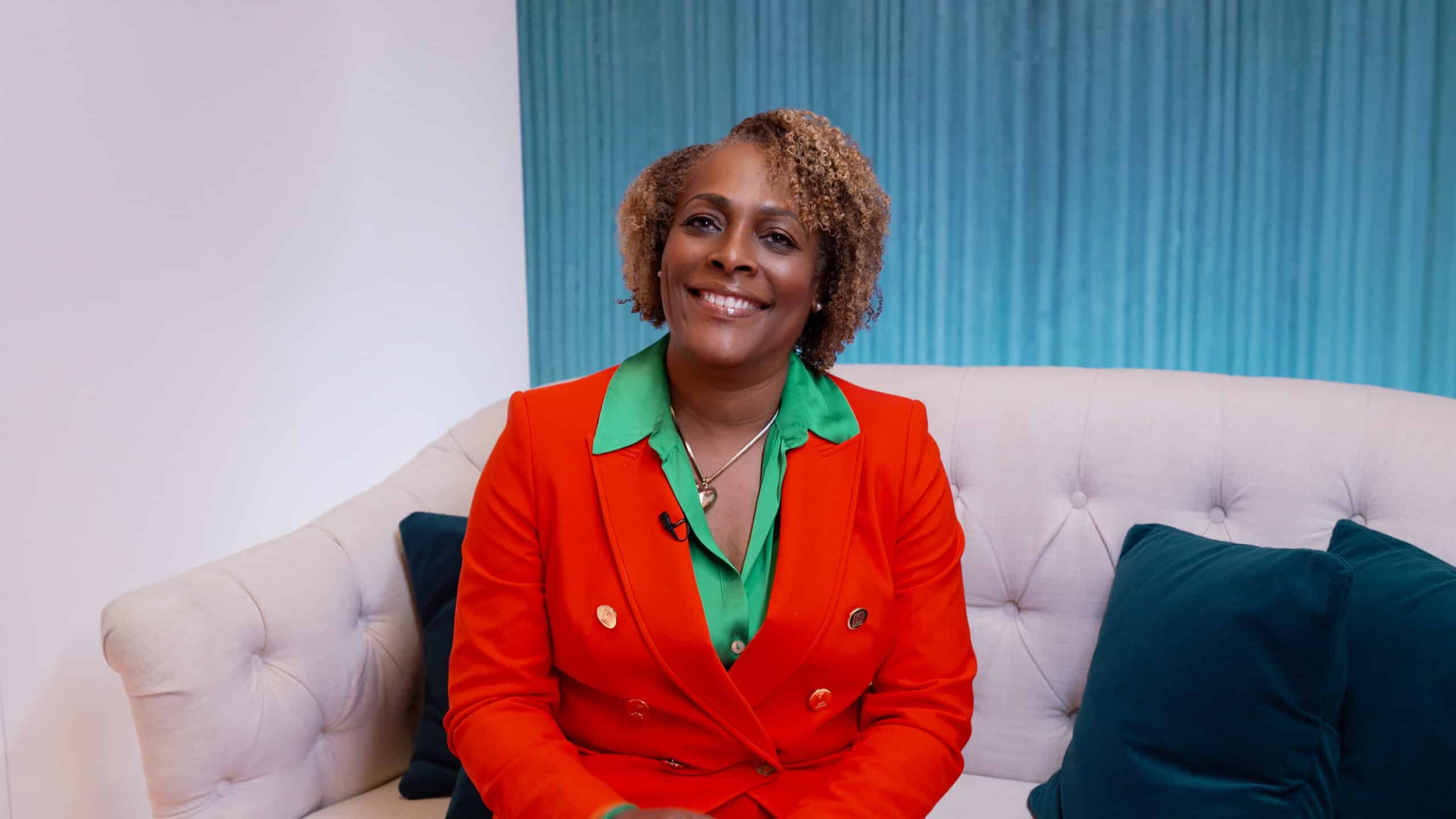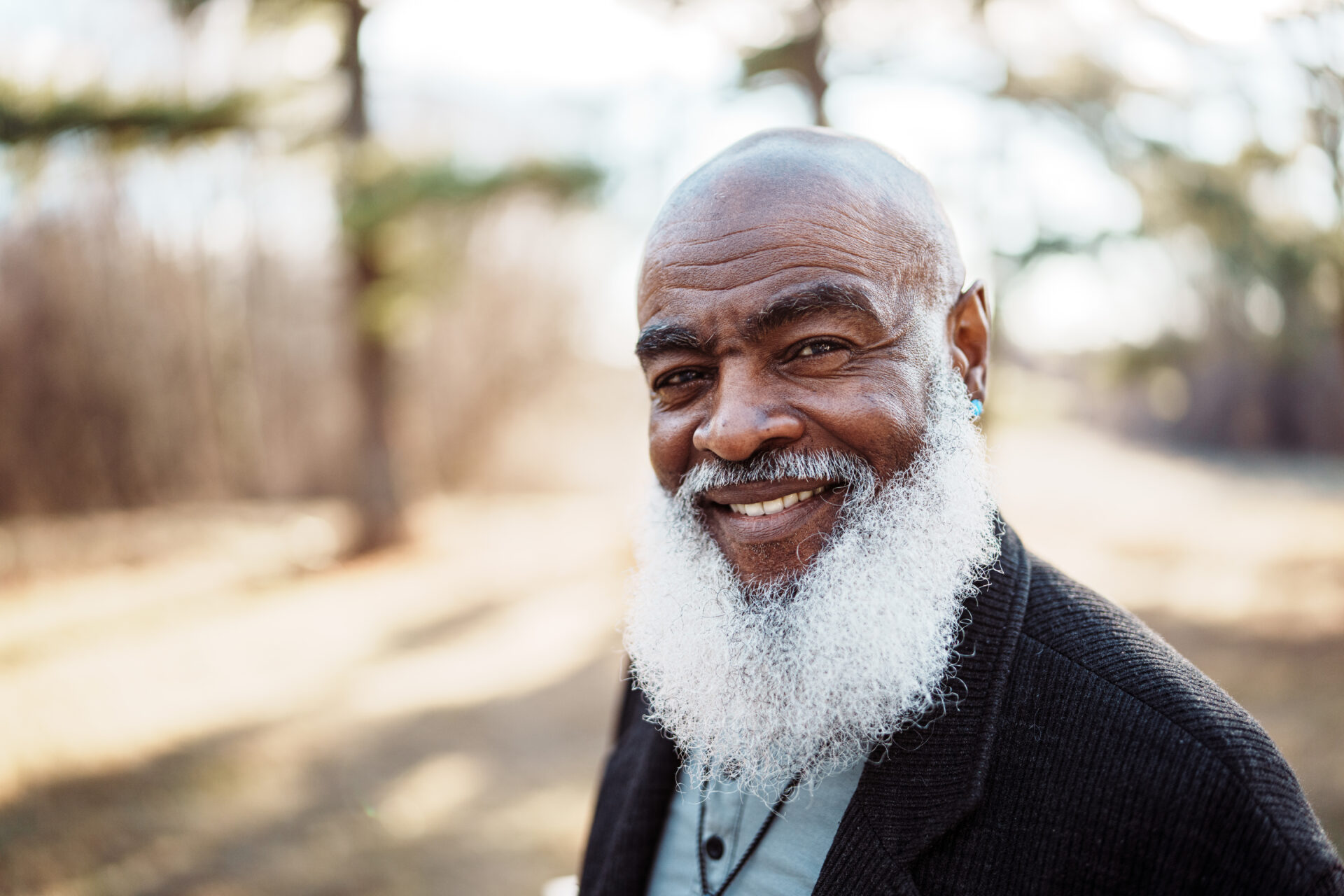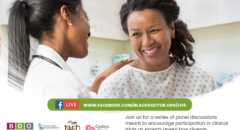
At the heart of equitable healthcare lies a critical truth: representation matters.
BlackDoctor.org spoke with Dr. Adrelia Allen, Executive Director of Clinical Trial Patient Diversity at Merck, who shed light on the challenges and efforts involved in making clinical trials more inclusive—especially for historically underrepresented communities, such as Black patients.
The Puzzle of Representation
Dr. Allen likens clinical trial diversity to completing a puzzle.
“With clinical trials being at the heart of how we bring new medicines to patients, it behooves us to ensure that the patient population is truly representative. It’s similar to, if you’re a jigsaw puzzle maker like myself, when you’re putting together a puzzle and one piece is missing. That one missing piece can really limit your ability to see the full picture,” Dr. Allen shares.
When people of color are left out of clinical trials, the medical data becomes skewed, compromising healthcare outcomes for everyone.
Tackling Mistrust and Access Barriers
One of the most entrenched barriers to clinical trial participation is mistrust—especially within the Black community. This skepticism is deeply rooted in historical injustices such as the Tuskegee Syphilis Study.
“Trust is one of the biggest challenges that patients from underrepresented groups face. And to combat that—just like with any relationship—you have to put in the time, and you have to be willing to listen and hear from the other partner about how to build that trust,” Dr. Allen adds.
Merck approaches this challenge through long-term community engagement, not transactional outreach. By partnering with organizations like BlackDoctor.org, Merck ensures communities have access to information—not just when trials are recruiting, but all the time.
“We’ve been focused on that—on being trustworthy, engaging in our communities, and using our partners who have already built relationships with trusted voices to help us initiate this conversation about clinical trials,” Dr. Allen explains.
Moreover, Merck supports research sites with cultural awareness training and provides patient-facing resources to address social determinants of health like transportation, food insecurity, and childcare.
“We recognize that there are underrepresented patients who would participate in a clinical trial—it’s just that they haven’t been asked. For those patients, it’s not an issue of mistrust; it’s simply a matter of not being asked to participate. So we’re also making sure that people are engaging with our research sites and pushing forward the idea that every patient should be asked to participate in a clinical trial. That way, the actions of unconscious bias are acknowledged and don’t lead to some patients being overlooked or excluded from participating,” she notes.
RELATED: Exclusive Access to Tomorrow’s Treatments—How Clinical Trials Are ‘Opening Doors’
Designing Trials with Inclusion in Mind
Clinical trial diversity starts long before the first patient is enrolled. Merck embeds inclusion principles into trial design by incorporating insights from patient advocacy groups and listening sessions.
“Our process for how we execute our clinical trials really embeds principles of diversity to ensure we’re being inclusive. Prior to the protocol being written, we have internal conversations to bring forward what we’ve learned from patient advocacy organizations and from our listening sessions with patients who have the specific disease, who share with us the challenges they face when participating in clinical trials. Within our strategy, our teams bring those concerns forward early on so we can address some of those challenges and give ourselves the opportunity to really make a meaningful impact,” Dr. Allen says.
This proactive strategy includes offering patient navigators to help them understand and complete trial participation steps, from consent to follow-up visits. Merck also offers logistical support such as ride-sharing and community-based resources to reduce dropout rates.
Highlights from the Essence Festival of Culture
Dr. Allen recently spoke at the Essence Festival of Culture—a platform she calls “one of the highlights” of her mission. At the event, she connected directly with Black women, a group that often serves as the health information conduit in their communities. “If we educate one Black woman, it can ripple through her entire village,” she said.
“Participating on the panel at the ESSENCE Festival of Culture was one of my highlights, because it aligns with one of my goals in being in this role—how do we provide information about clinical trials and offer resources to a community that has traditionally been left out of participating in clinical trials? This was another opportunity for education, for connecting them with resources and information that could spark their curiosity to learn more about what a clinical trial is and how they can participate. Oftentimes, it starts with just one person in the audience,” Dr. Allen shares.
Merck’s booth at the festival featured interactive educational tools, quizzes, and resources for caregivers. The focus wasn’t just on recruitment—it was about empowering people with the knowledge to make informed health decisions and share them with others.
“Just that interaction was enough to stimulate curiosity in someone who could then share that information within their village, if the time ever comes. My challenge at the ESSENCE Festival of Culture was for everyone to walk away knowing: What is a clinical trial? If I needed to participate in one, where would I go? Are there clinical trials in my community? And also, making sure that everyone becomes that point of connection in their family or village—someone who can share the information so that if the opportunity arises, there’s someone who can help. It was a very lively discussion,” Dr. Allen adds.
Debunking Myths and Misconceptions
One of the most pervasive myths is the fear of being treated like a “guinea pig.” Dr. Allen personally confronted this when her own father hesitated to undergo treatment for prostate cancer due to lingering fears rooted in historical mistreatment.
Her solution? Education.
“For him, that was a trigger of the Tuskegee experiment, because he was going to have to get an MRI. So I think we definitely have to do a better job educating people,” she explains. “Understanding what a clinical trial is, the regulations in place, and the patient’s rights that are protected is essential—so that we’re not delaying care out of fear. And again, my answer—just like with my father—is education. I worked with him to educate him on his rights as a patient. He can choose. If he’s with a healthcare practitioner and not receiving the care he feels he deserves, there are other options. There are other physicians, and he can get a second opinion.”
She also encourages having open conversations around the dinner table—so that, as a culture, we begin sharing information about our health more freely.
“We know it impacts our legacy and the next generation. They should know, for example, that ‘my family is predisposed to this type of cancer or this disease.’ And the only way we can do that is by being both open and vulnerable, and sharing what we’re dealing with in terms of our health,” she notes. “That will help us get better care—and get it earlier—not waiting until the end to finally say, ‘Now I’m going to talk to someone’ or ‘Now I’ll go to the doctor.’”
RELATED: I Saw the Dark Side of Clinical Trials—Here’s Why I’m Fighting for Change
Looking Ahead: A Call for Collective Action
Merck is far from done. The company is continuing its work with patient advocacy groups, expanding clinical trials into historically Black medical institutions, and leveraging technology to better locate trials where they are most needed.
“When we talk about what’s next or what’s ahead, of course, addressing the long history of underrepresentation in clinical trials isn’t an easy fix. It’s going to require us to keep our hands on the plow and continue moving forward,” Dr. Allen concludes. “That’s exactly what we’re doing: looking at how we can leverage technology to guide where and in which communities we place our clinical trials, and making sure they’re located in areas closest to the people who will actually be taking our medicines. We have to be intentional about where those clinical trials are—and then ask, how can we continue building on that?”









